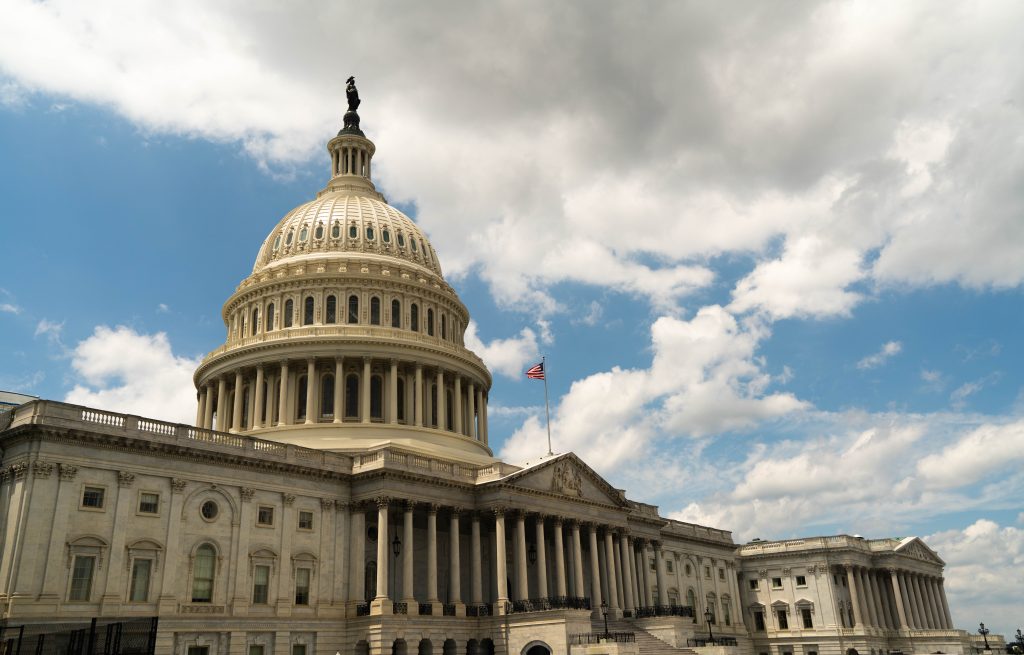
Earlier this week, President Biden signed the bipartisan Infrastructure Investment and Jobs Act into law. We are excited about this historic $1 trillion investment in our country’s infrastructure. We applaud the makers of this bill for including money to expand broadband internet access and adoption. Read on to learn how this bill will make a real impact on addressing the digital divide.
A Historic $65 Billion to Build Broadband Infrastructure
The bill allocates $65 billion to improve broadband infrastructure across the country. The provisions in the bill include efforts to expand high-speed broadband to areas where it is not currently available. In addition, it also aims to address the adoption issue among low-income Americans. This investment will go a long way in helping to connect households and ensure everyone can afford internet connectivity. The bill accomplishes its goal in several ways.
Establishing the Broadband Equity, Access, and Deployment Program
The bill establishes the Broadband Equity, Access, and Deployment Program. Administered by the National Telecommunications and Information Administration (NTIA), this program provides $42.5 billion in funding through formula-based grants to states. The states in turn would competitively award grants to support broadband infrastructure deployment, mapping, and adoption projects. We believe these grants are a great way to encourage broadband development at the state and local levels. States – particularly those with state broadband offices – are best equipped to understand the on-the-ground circumstances for many communities on the wrong side of the digital divide.
Investing in Middle Mile Broadband Infrastructure
The bill also creates a $1 billion grant program for the construction, improvement, or acquisition of middle mile infrastructure, which is defined as “any infrastructure that does not connect directly to an end-user location, including an anchor institution.” Also, administered by the NTIA, this program would connect rural areas that currently lack internet access to areas that have that access. Many states have seen success in investing in public middle mile projects, which then make it easier for communities or internet service providers to deliver broadband the “last mile” to households. We believe this is a critical way to connect many areas that have up until now been overlooked by telecommunications companies.
Increasing Digital Equity Act of 2021 Funding
The bill also includes $2.75 billion in funding under the Digital Equity Act of 2021 which creates two distinct grant programs to be administered by the U.S. Department of Commerce: the State Digital Equity Capacity Grant Program and the Digital Equity Competitive Grant Program.
The State Digital Equity Capacity Grant Program will “promote the achievement of digital equity, support digital inclusion activities, and build capacity for efforts by states relating to the adoption of broadband by their residents.”
Meanwhile, the Digital Equity Competitive Grant Program provides grants to public and nonprofit entities for a range of digital inclusion and broadband adoption activities and targets funds to specific populations most affected by a lack of access to broadband internet. As we’ve discussed many times in the past, an important element of addressing the digital divide is increasing adoption in lower-income communities. We look forward to seeing how these grants accomplish that goal.
Establishing the Affordable Connectivity Program
Finally, the bill makes the Federal Communication Commission’s Emergency Broadband Benefit (EBB) program permanent and renames it the Affordable Connectivity Program. It allocates $14.2 billion to the Affordable Connectivity Program, which will remain available until expended. The program provides a $30 per month subsidy (down from the original amount of $50) for low-income families to use toward any internet service plan of their choosing. Households living in a high-cost area may receive up to $75 per month if there is evidence that the lower amount causes the provider undue economic hardship. So far, over 7.6 million households have enrolled in the program.
While there is still a long way to go to ensure everyone has equitable access to the internet, this investment goes a long way towards getting the country closer to that goal. We applaud the Biden administration and the members of Congress who made this bill a reality and look forward to continued efforts to expand broadband access for all.